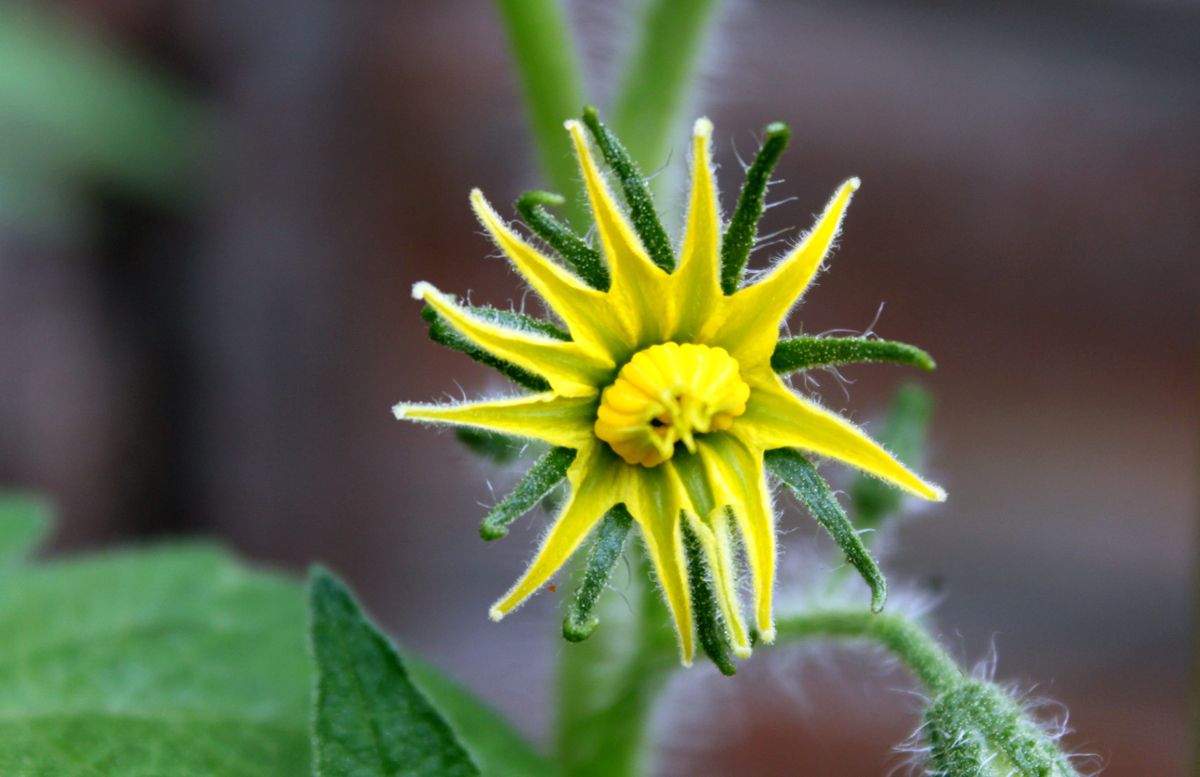In daily life, we can see plants responding to the conditions around them. Move a vine a dark corner and it might strain toward the nearest window; stop watering a plant and its leaves may turn dull and wilt only to perk up again when given a drink. But are there other ways plants respond to their environments that we just can’t perceive?
A study published in 2023 suggests that one such response is ultrasonic sound. In the study, scientists examined if plants emitted ultrasonic airborne sounds when undergoing stressful environmental changes. The scientists placed microphones that detect ultrasonic frequencies 4 inches from tomato and tobacco plants then stopped watering them or cut them off at the stem. They discovered that both sets of plants emitted various sounds that are imperceptible to the human ear but within the range of creatures like bats, mice, and moths. Healthy plants made sounds too, and the sounds changed in both intensity and frequency under different environmental strains. For example, a healthy tomato plant might emit a sound once per hour but cut the tomato plant and it will make 25 new sounds an hour; deprive the tomato plant of water and it will “squeal” 35 times an hour. In fact, these sounds were so distinct that when put in a computer program designed by the scientists, they could distinguish whether the sound was from cutting or loss of water with 70% accuracy.
Scientists are still unsure what causes the sounds, but it at least seems clear we should start thinking about what it might take to listen to our plants as well as watch them.










